Borders define our world maps, shape our travel experiences, and often determine who can go where. These invisible lines—some centuries old, others drawn relatively recently—create distinct differences in landscape management, economic development, and cultural expression. Yet many of these boundaries cut through naturally continuous regions, dividing ecosystems, ethnic groups, and ancient trading routes that once flowed seamlessly across landscapes.
Here is a list of 16 destinations around the world that would transform most dramatically if political borders suddenly disappeared.
Korean Demilitarized Zone
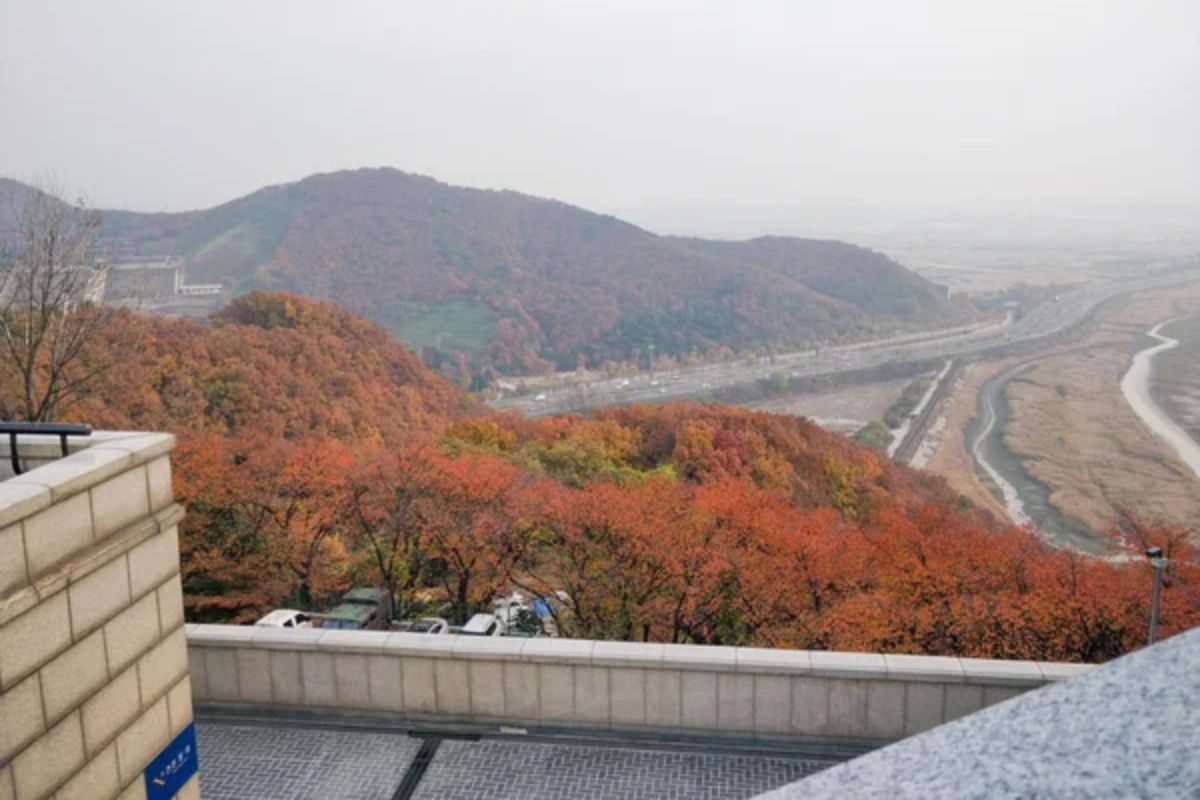
Perhaps Earth’s most heavily fortified border would transform from a military standoff zone to a cultural reunion corridor connecting long-separated communities. The accidental wildlife sanctuary that developed in this 2.5-mile-wide no man’s land would evolve into an intentional conservation area preserving rare species that thrived during human absence.
Families divided for generations would reunite while the stark economic contrasts between North and South would gradually balance through increased movement and trade.
US-Mexico Borderlands

The 1,954-mile boundary cutting through deserts, mountains, and river ecosystems would revert to the continuous cultural landscape it represented for millennia. Border towns currently functioning as separate entities despite sharing water resources and family connections would reintegrate into cohesive communities with complementary economies.
The Sonoran Desert ecosystem would benefit from unified conservation approaches replacing the fragmented management systems and physical barriers that currently disrupt wildlife migration patterns.
Like Travel Pug’s content? Follow us on MSN.
The Amazon Basin
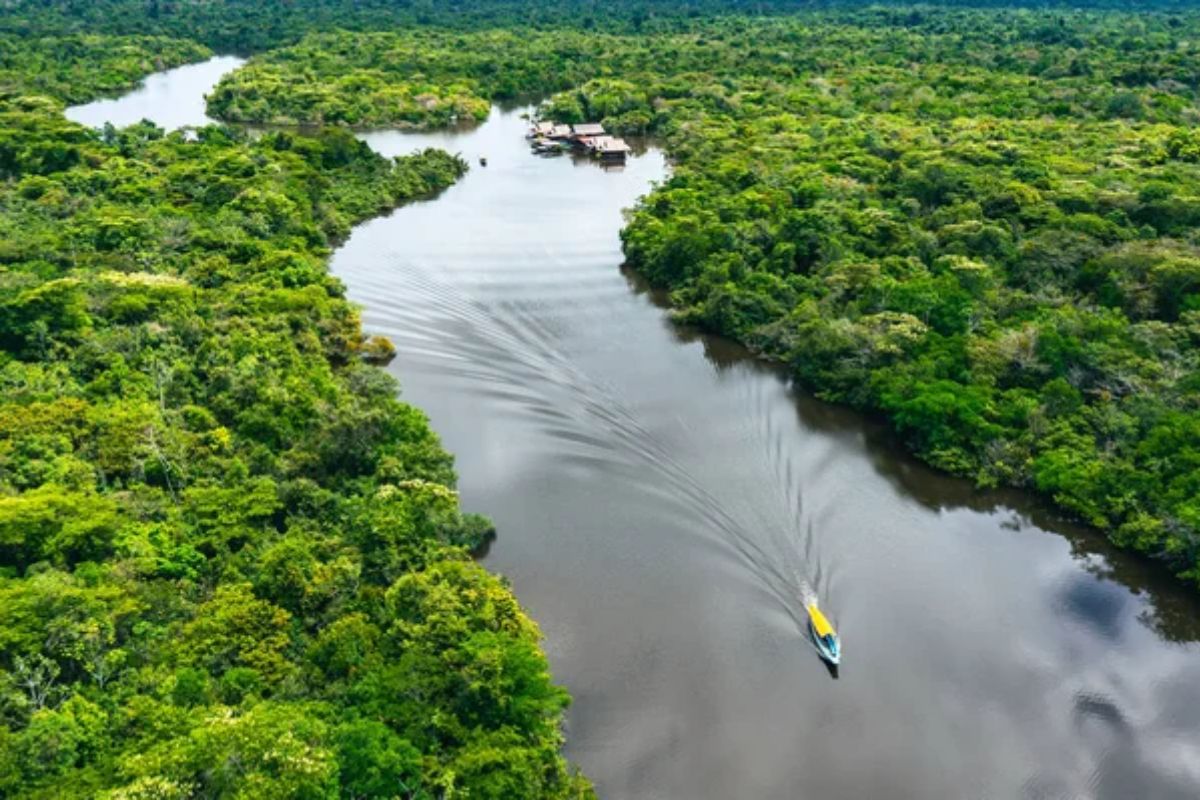
Earth’s largest rainforest, currently divided among nine nations with varying levels of protection and development policies, would benefit from consistent management approaches. Indigenous territories artificially split by colonial-era boundaries would reconnect, strengthening cultural preservation efforts and traditional land management practices proven effective through centuries.
Scientific research would advance more rapidly through collaborative efforts, replacing the patchwork of regulations that currently complicate comprehensive ecosystem studies.
Cyprus

The Mediterranean island, which had been divided since 1974 between Greek and Turkish zones, would rediscover its unified identity through the reconnection of communities separated by politics rather than geography. The buffer zone running through Nicosia—Europe’s last divided capital—would transform from abandoned no man’s land to revitalized urban center as buildings empty for decades found new purpose.
Archaeological sites representing the island’s complex multicultural history would benefit from integrated management replacing politically influenced approaches to preservation.
The Himalayas

The world’s highest mountain range, spanning six countries with varying access policies, would function as a continuous highland system rather than segmented territories. Traditional mountain cultures sharing religious practices, architectural styles, and adaptation strategies would reconnect across artificial boundaries that separated communities with millennia of shared history.
Scientific monitoring of climate change impacts would improve significantly through collaborative approaches, replacing the fragmented research currently conducted within national frameworks.
Like Travel Pug’s content? Follow us on MSN.
Jerusalem

Few cities demonstrate border impacts more profoundly than Jerusalem, where religious sites sacred to multiple faiths sit within walking distance yet remain divided by checkpoints and security barriers. A borderless Jerusalem would enable pilgrims and locals alike to move freely between spaces that functioned as integrated complexes throughout much of history.
The ancient city would reclaim its character as a cultural crossroads rather than a flashpoint, potentially allowing its remarkable architectural heritage to flourish outside the context of territorial disputes.
The Great Lakes Region
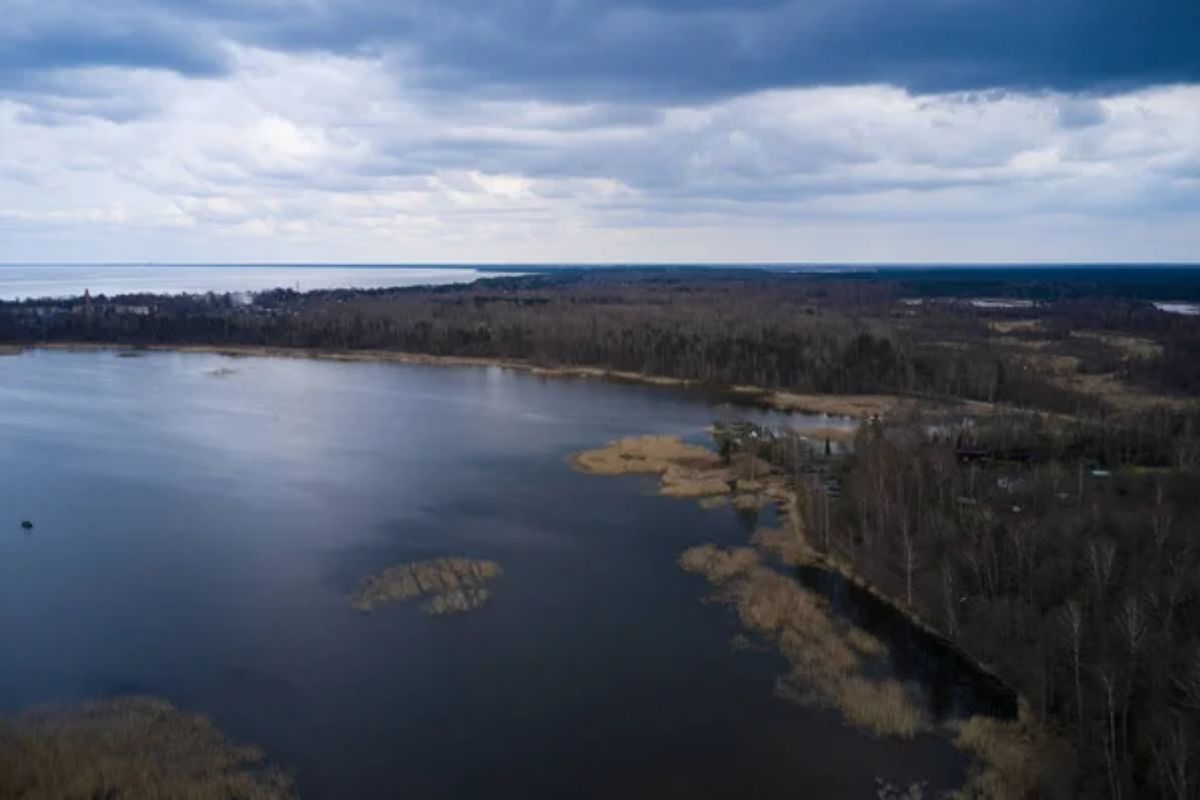
The artificial division between Canadian and American portions of these massive freshwater seas creates duplicative management systems for what functions ecologically as a single watershed. Unified approaches to water quality, invasive species control, and shoreline development would replace the current international complexity requiring constant diplomatic coordination.
Communities with shared industrial histories and similar economic challenges would develop complementary revitalization efforts rather than competing for limited resources across international boundaries.
The Alps

Mountain villages separated by national borders despite sharing identical architecture, cuisine, and alpine traditions would reconnect as a continuous cultural landscape. Ancient trade routes and pastoral practices disrupted by modern boundary creation would revitalize as artificial barriers disappeared from mountain passes that functioned as connections rather than divisions for centuries.
Local dialects blending elements of multiple national languages would flourish rather than decline under standardized educational systems designed around political rather than cultural boundaries.
Like Travel Pug’s content? Follow us on MSN.
The Sahel
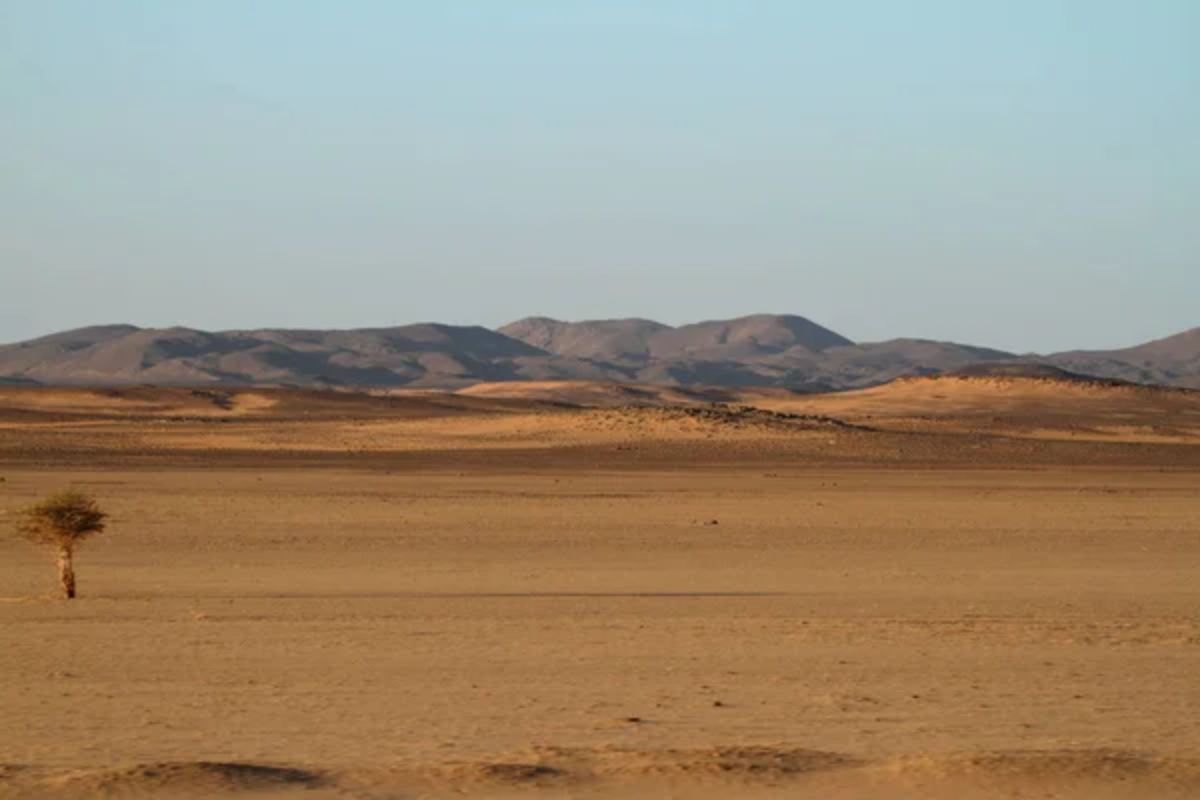
This transitional zone between Sahara and savanna crosses numerous West African nations facing similar challenges of desertification and climate adaptation. Traditional nomadic herding routes currently restricted by national boundaries would reactivate, allowing livestock management practices developed over centuries to function properly across seasonal grazing territories.
Regional approaches to environmental restoration would replace fragmented efforts, potentially slowing or reversing desertification through coordinated land management strategies.
Hispaniola Island
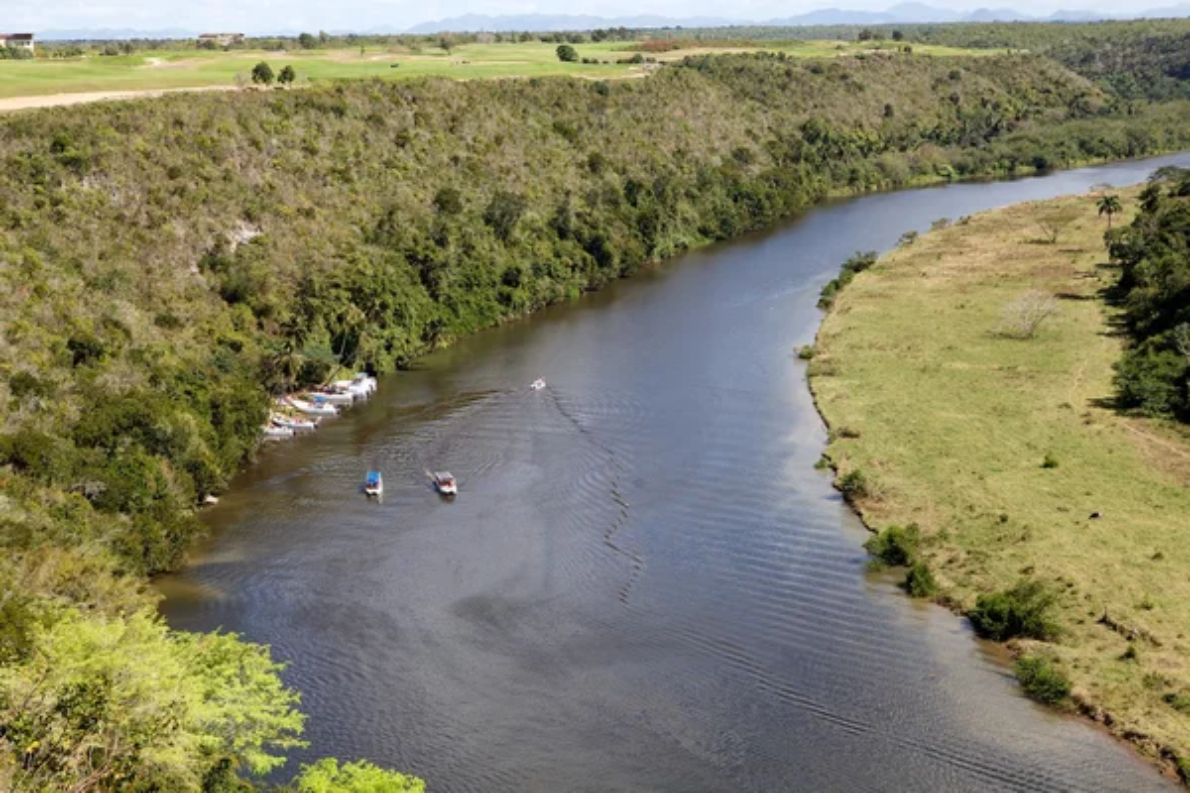
The Caribbean island shared by Haiti and the Dominican Republic showcases one of the world’s most visible border effects—a sharp deforestation line visible from space marking different land management approaches. Economic opportunities would be distributed more evenly across the island as movement restrictions disappeared, potentially reducing extreme development disparities that currently exist.
Environmental restoration would benefit from comprehensive strategies addressing watershed management across what functions naturally as a single island ecosystem.
Fergana Valley
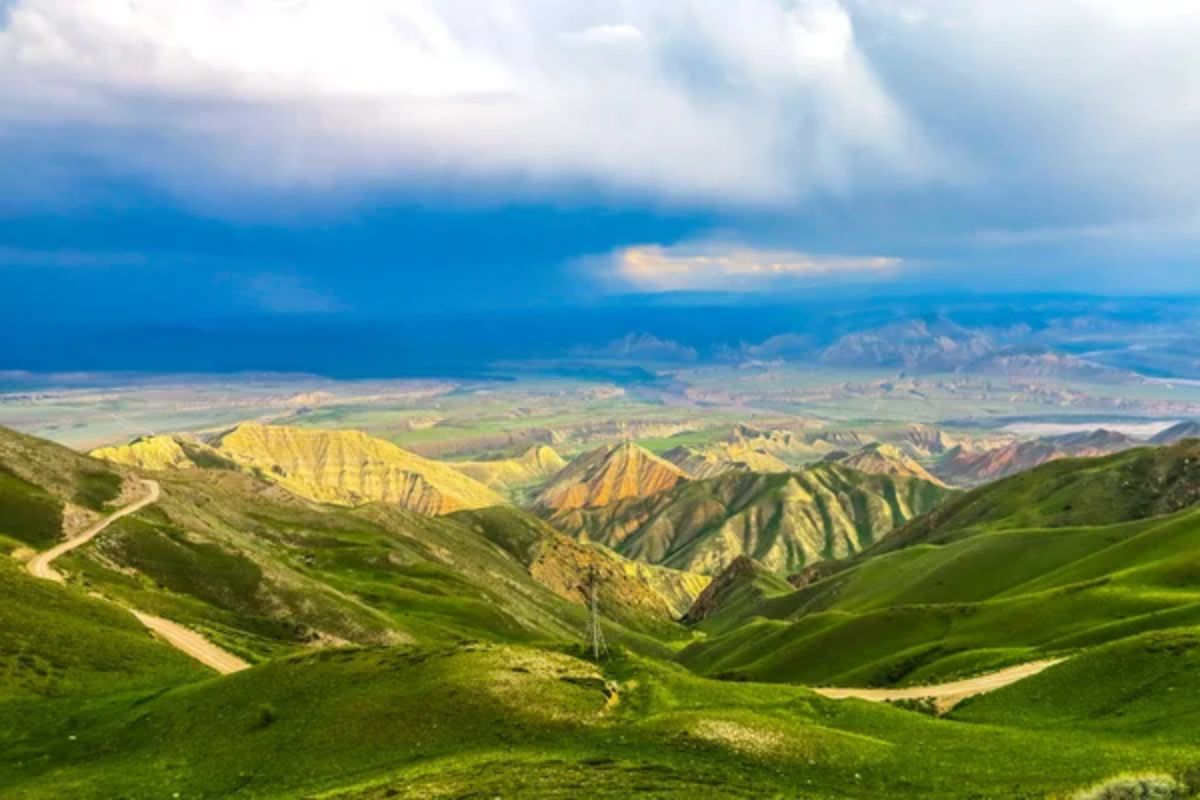
This fertile agricultural region artificially divided among Uzbekistan, Kyrgyzstan, and Tajikistan during the Soviet border creation would return to its historical function as Central Asia’s breadbasket. Complex water-sharing agreements currently requiring international negotiation would simplify the process by recognizing the valley as a continuous agricultural zone dependent on shared irrigation resources.
Ancient Silk Road cities that prospered through trade would reconnect historic commercial networks disrupted by modern boundaries that transformed traditional neighbors into foreign entities.
Like Travel Pug’s content? Follow us on MSN.
Patagonia

The southern cone of South America spans Chilean and Argentine territories with arbitrary divisions through continuous ecological zones ranging from ice fields to grasslands. Conservation efforts would strengthen through unified approaches to protecting endangered species like huemul deer that regularly cross current national boundaries.
Tourism development would benefit from comprehensive planning for this wilderness region rather than competing national strategies, which sometimes results in overdevelopment on one side and underutilization on another.
The Bering Strait
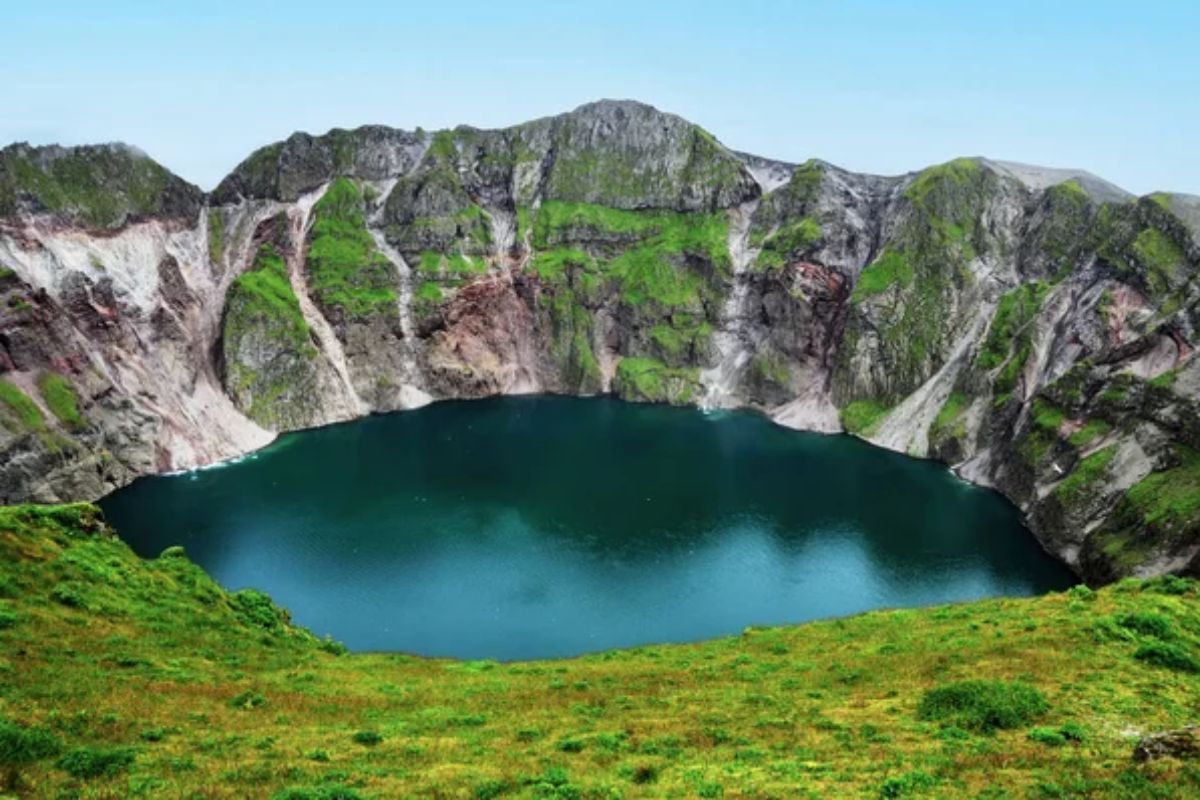
The narrow waterway separating Russia from Alaska represents one of history’s most consequential boundaries—the crossing point for human settlement of the Americas that later became a formidable Cold War barrier. Indigenous Yupik communities divided by geopolitics would reconnect family networks currently maintained through limited cultural exchange programs.
The region’s remarkable archaeological significance as humanity’s ancient highway between continents would receive comprehensive research attention rather than nation-specific approaches to understanding shared human history.
Kashmir

Few regions demonstrate border complexity more dramatically than Kashmir, where territorial claims overlay complex cultural landscapes with multiple religious and linguistic traditions. Communities separated by militarized boundaries despite centuries of interconnection would reestablish historical relationships through renewed freedom of movement.
The spectacular mountain environment would benefit from coordinated conservation efforts replacing fragmented approaches currently subordinated to security considerations.
Like Travel Pug’s content? Follow us on MSN.
Galicia

This cultural region, spanning northwestern Spain and northern Portugal, maintains a distinct identity despite the division between two nations with different languages. Traditional music, cuisine, and architectural styles that developed continuously across this landscape would strengthen through renewed connections between communities separated by national policies rather than cultural differences.
The Santiago pilgrimage routes crossing this region would function more naturally through consistent management approaches replacing different national frameworks for this UNESCO heritage phenomenon.
The Caribbean Archipelago

The complex patchwork of different currencies, immigration procedures, and regulatory frameworks would simplify dramatically across these closely connected islands. Maritime boundaries that currently restrict traditional fishing practices would dissolve, allowing coastal communities to resume historical patterns disrupted by colonial divisions later reinforced through independent nations.
Tourism would transform as travelers explored multiple islands during single trips without facing repeated entry procedures that currently discourage regional exploration.
Beyond the Lines

The disappearance of borders would profoundly reshape these destinations while revealing how artificial many boundaries truly are when compared to natural and cultural landscapes. While practical governance considerations make borderless travel unlikely in our current world, examining these scenarios highlights how political lines often create arbitrary divisions through continuous environments and communities.
Nature rarely changes abruptly at border checkpoints—rivers flow across boundaries, wildlife migrates regardless of nationality, and mountain ranges continue uninterrupted despite appearing in different colors on maps.
Perhaps the most valuable perspective comes from recognizing borders as relatively recent human constructs overlaid upon much older patterns of landscape, culture, and connection that continue functioning beneath our political frameworks.
Like Travel Pug’s content? Follow us on MSN.
More from Travel Pug

- 20 Destinations That Were Once Thriving but Are Now Quietly Disappearing
- 15 Hidden Spots in Disney World’s Magic Kingdom Most Visitors Miss
- 20 Once-Popular Beach Towns That Are Now Ghostly Empty
- 20 Beautiful US Lakefront Towns Where You Can Live for Under $2000 a Month
- 20 Caribbean Islands That Are Safer Than People Think
Like Travel Pug’s content? Follow us on MSN.
